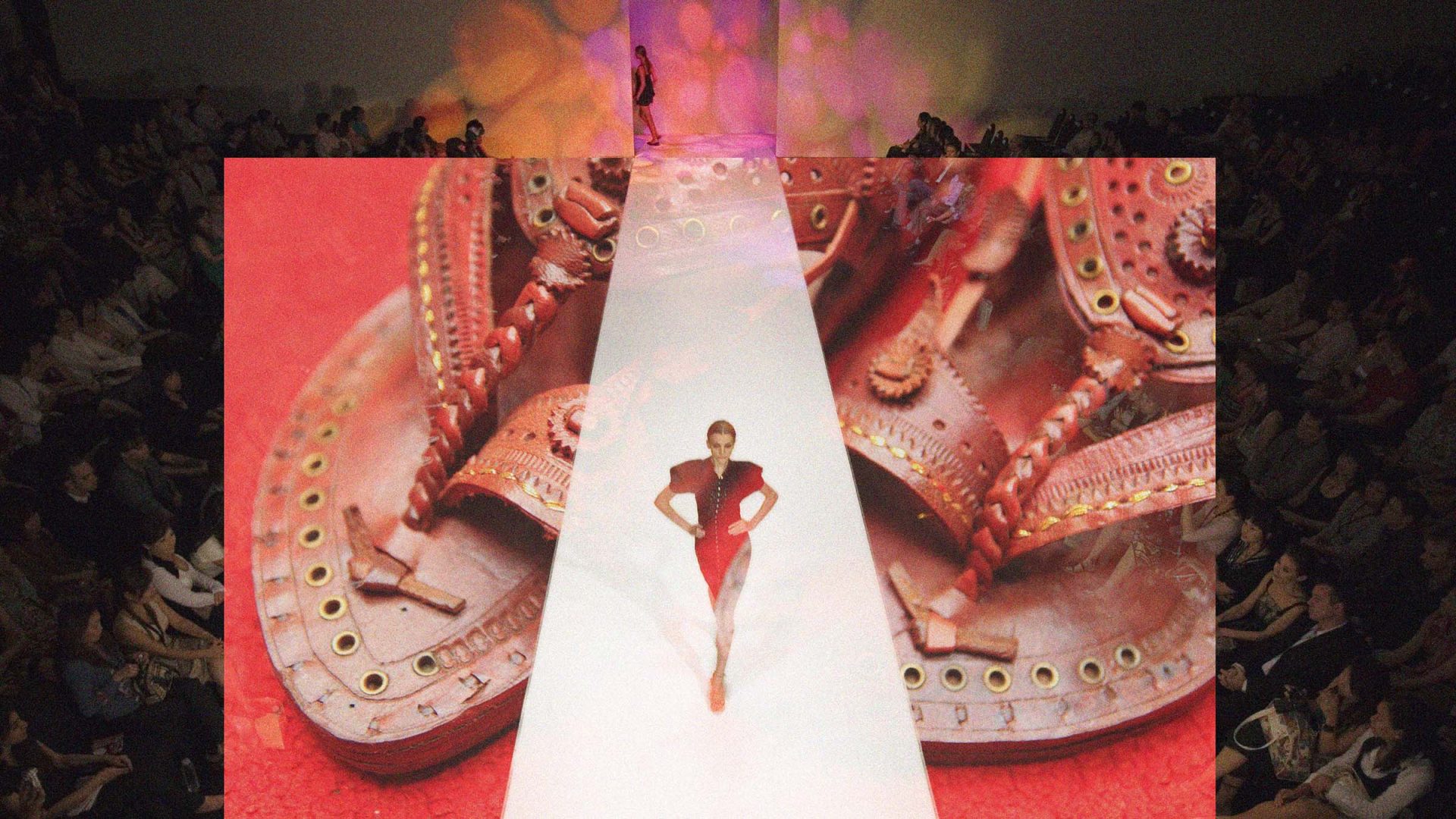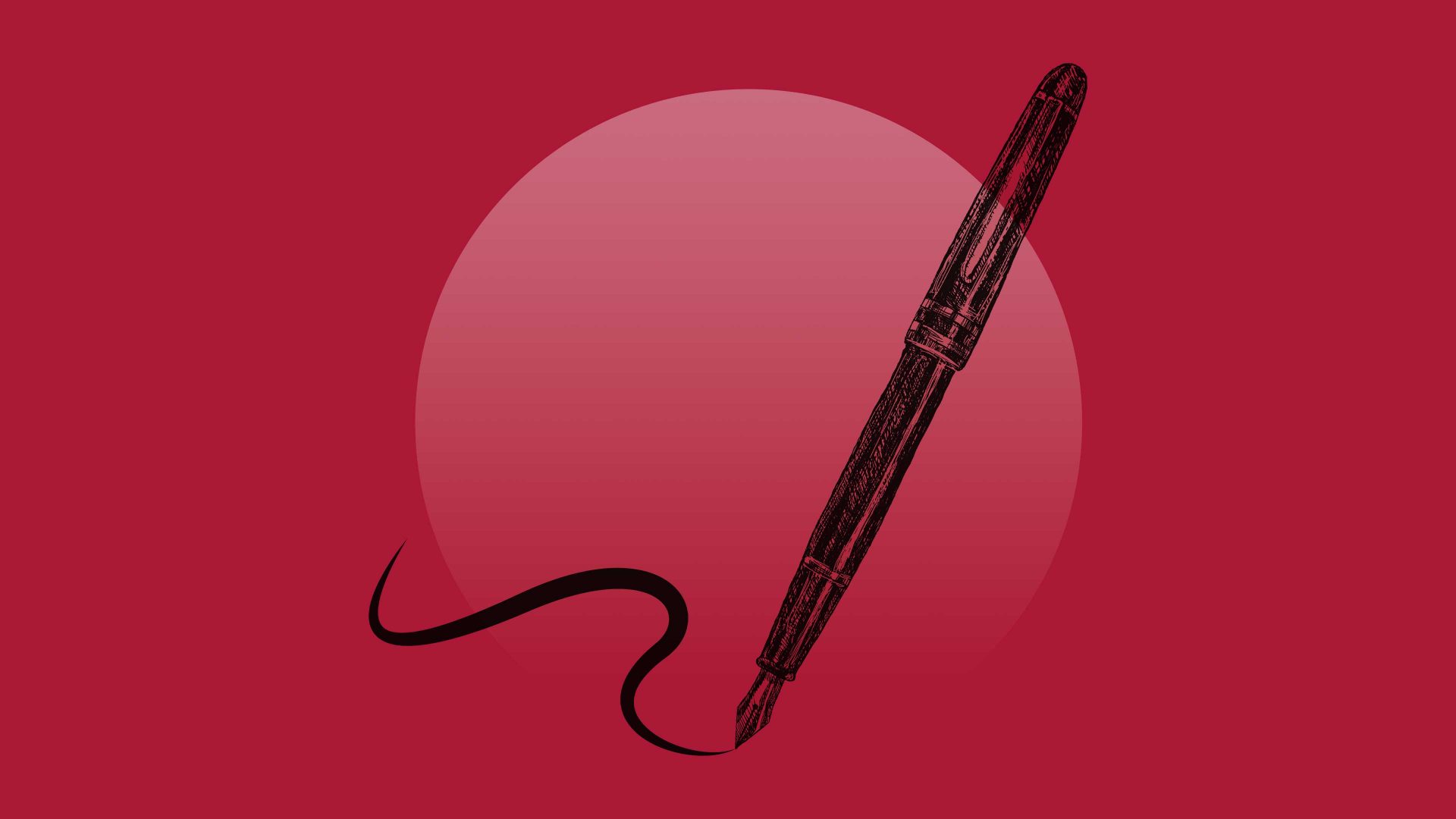When Prada put its models on the Milan fashion week runway in flat leather slippers that looked suspiciously like the traditional footwear handmade by poor craftsmen in a particular part of India, it triggered much caterwauling about cultural appropriation.
Fashion giants routinely cash in on Indian and South Asian heritage without credit or compensation, conscientious objectors lamented. As for me, I pulled out my trusty pair of Kohlapuri chappals and did a little jig in them, luxuriating as always in the familiar feel of soft real leather expertly crafted into the sleek design that makes these slippers so distinctive.
Prada has acknowledged its imitation of Kohlapuris, as they’re called in India. It may be the sincerest form of flattery, but the real cause for celebration may be the aftermath of the international controversy.
Might this be the moment that an 800-year-old Indian tradition finally receives the love it deserves? Now that the world of high fashion has embraced Kohlapuris, might India’s plodding non-policy of benign institutional neglect give way to a more pro-active strategy towards this national treasure?
Lifelong wearers include the film star Amitabh Bachchan, the writer Shobhaa De and countless politicians.
Kohlapuris defined my childhood, adolescence and young adulthood. In the India of the 1970s and 80s, a pair of chappals could be bought for as little as 30 rupees, mere pennies in British money, but to an Indian at the time, not insignificant. Slightly stiff when new, the vendor would put the Kohlapuris in a plastic bag, along with advice they be soaked for a while in vegetable oil to soften.
They were versatile and could be worn with saris or with churidars or salwars, long pants that are respectively close-fitting or wide. Hip Indian adolescents would pair their Kohlapuris with jeans and a kurta made of khadi, the handspun natural cotton promoted by Mahatma Gandhi as an alternative to imported British fabric. A jhola, which much of the world today would recognise as a cloth tote bag, put the finishing touch to the Kohlapuri-wearer’s outfit.
Until India’s first wave of economic liberalisation in the early 1990s, Kohlapuris were an accessible and affordable statement of self-worth and a sense of fashion in a country governed by socialist ideals and protectionist policies. Even casual visitors felt moved to acquire a regulation pair. The Beatles sported Kohlapuris in Rishikesh in 1968.
In India, they have perhaps declined a little in popularity over the past decade. It’s increasingly hard to find the real thing – they are handmade in only eight districts in Maharashtra and Karnataka. Even on Janpath, a buzzy main road in the Indian capital, Delhi, that once had scores of shops selling Kohlapuris, the genuine article is difficult to track down.
Suggested Reading

Working with gold in India has lost its glister
In Colaba, the home of cool (and shopping) in Mumbai, the pavement stalls hawking Kohlapuris are no more. In despair, some Indians have been reduced to ordering their Kohlapuris on Amazon. But as my Delhi-based cousin, who got the first of his multiple pairs in 1971 direct from Karnataka, told me, the online offerings are a disappointment. “Fake… a poor copy,” he said.
Aside from the histrionics over Prada’s very public fashion faux pas, Kohlapuris – and those who make them – haven’t received the right sort of attention in India for ages. The Indian government granted the slippers some form of domestic protection against imitation – a Geographical Indication tag – only in 2018, after a decade-long fight. That came years after non-traditional producers of Kohlapuris in other Indian states had already put their wares on the market and China had started to churn out container-loads of cheap fakes.
In 2015, India’s Hindu nationalist BJP government extended an existing ban on cow slaughter to include bullocks, which meant the closure of many tanneries that supplied Kohlapuri craftsmen with their raw material. Changing social conditions are also having an effect: young people don’t necessarily want a poorly paid career making leather slippers nowadays.
Prada’s version of Kohlapuris in Milan in June may be the first time the wider world will have heard about them. Could this be a fairytale, glass-slipper moment for the brand?
Rashmee Roshan Lall, PhD, is former editor of the Sunday Times of India and writes on international affairs. She blogs at www.rashmee.com and is on X @rashmeerl




